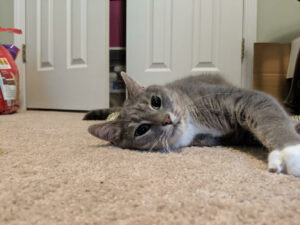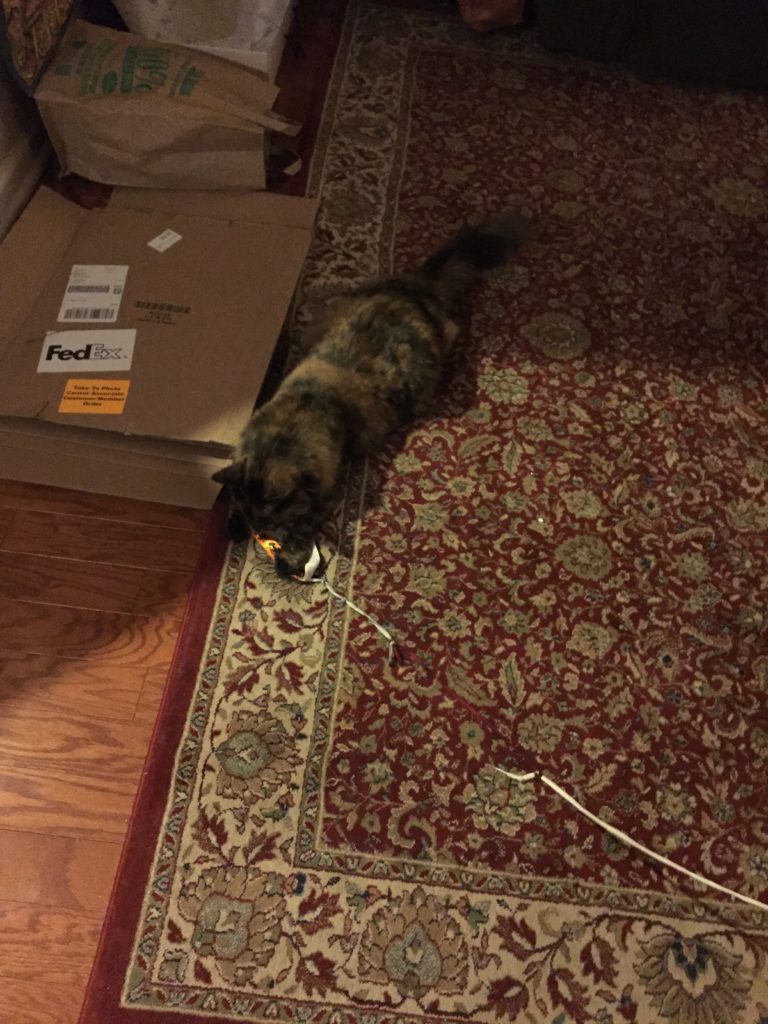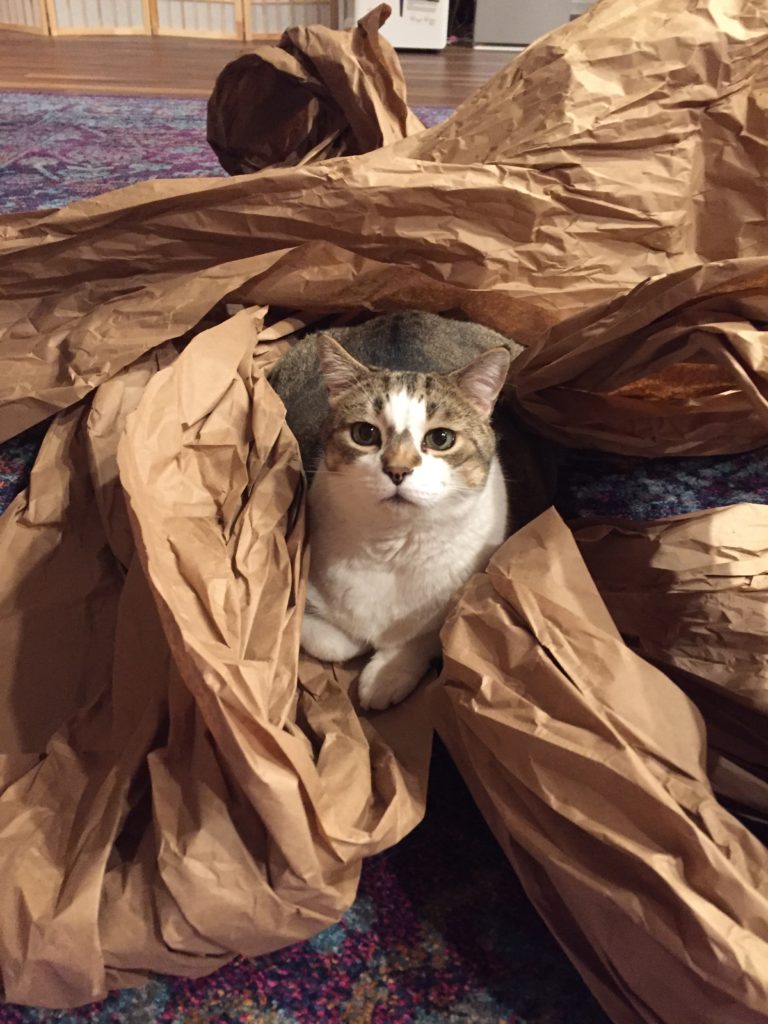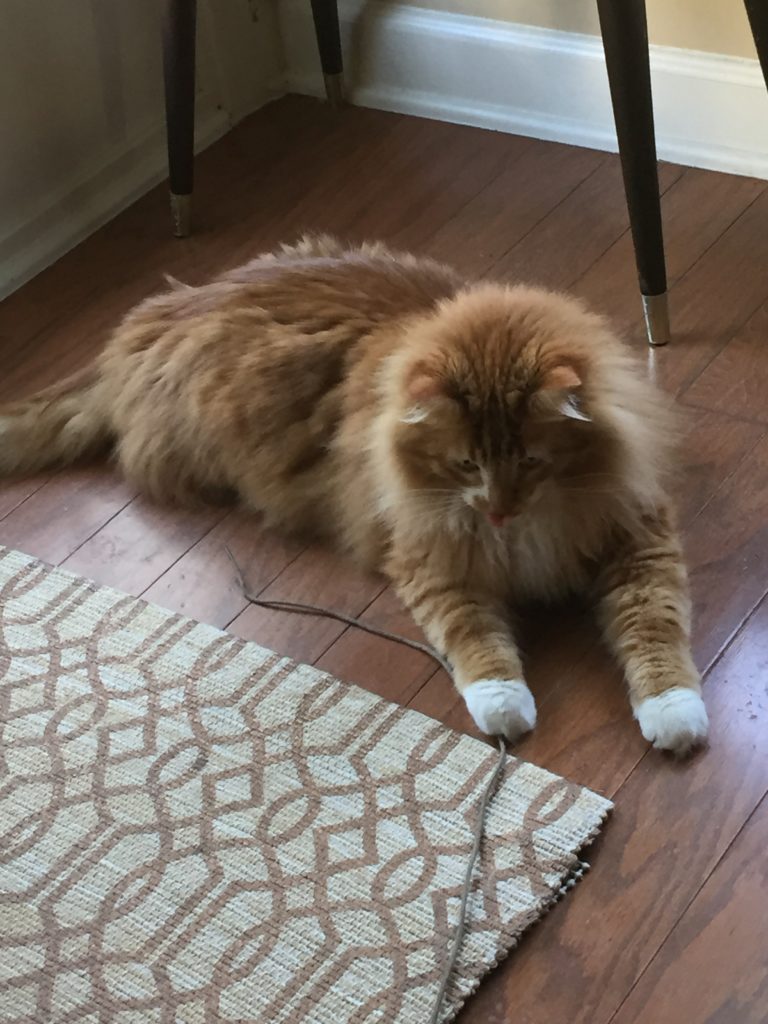This morning I took my cat Phoebe outside for some outdoor time. She was on her harness and leash as usual in such situations. While she happily sniffed around bushes and trees, I sat on the steps leading down from our deck. I noticed a sparkling, curvy streak of shine on the hard red clay that serves as topsoil in our back yard. It was beautiful as it glistened in the sun. Upon closer inspection it became clear that the streak was a slug’s slime trail. It got me thinking. I have been completely grossed out by slime trails I accidentally put my hand on when I didn’t notice them on our front porch railing, but this slime trail was a thing of beauty when I saw it. The same is true of spider webs. I often walk through unseen spider webs when I take Phoebe out in our back yard. I generally freak out, try to remove the spider web from whatever body part it has clung to, and frantically run my fingers through my hair and over my shoulders to brush out any spiders that may have ended up there. If I see a spider web back lit by the morning sun and covered in dew, however, it’s a completely different experience. I am awed by its intricate beauty and delicate strength. Perspective is everything.
It’s true of life’s difficulties as well. Any life coach or business coach will tell you that you’ve got to reframe experiences and beliefs to make them work for you. I’ve always balked at the notion because it felt like lying to myself. The slug slime trail taught me it was possible to simply see things from a different perspective and to feel a different way about them simply because of that different perspective. The beauty of the slug slime trail and spider web are the truth as much as their other aspects are. Wherever there is conflict or difficulty, there is an opportunity to try a new perspective.
This is true of our pets’ behavior issues, too. Instead of thinking of behavior issues as our pets’ being willful or spiteful or mean, which can result in a power struggle between us and our pets, we can choose to see them as opportunities to understand what our pets are trying to communicate to us about how they feel or what they need so that we can help them. That’s exactly what is happening when your cat urinates on your bath mat or your dog chews up your slippers. They’re asking for help. If you’d like to know what your pet is trying to tell you, give me a call. I’ll use knowledge acquired through research, experience gained through years of working with pets, and insight provided through intuition to figure out what your pet needs. Then we’ll work together to improve your pet’s behavior by addressing those needs.




